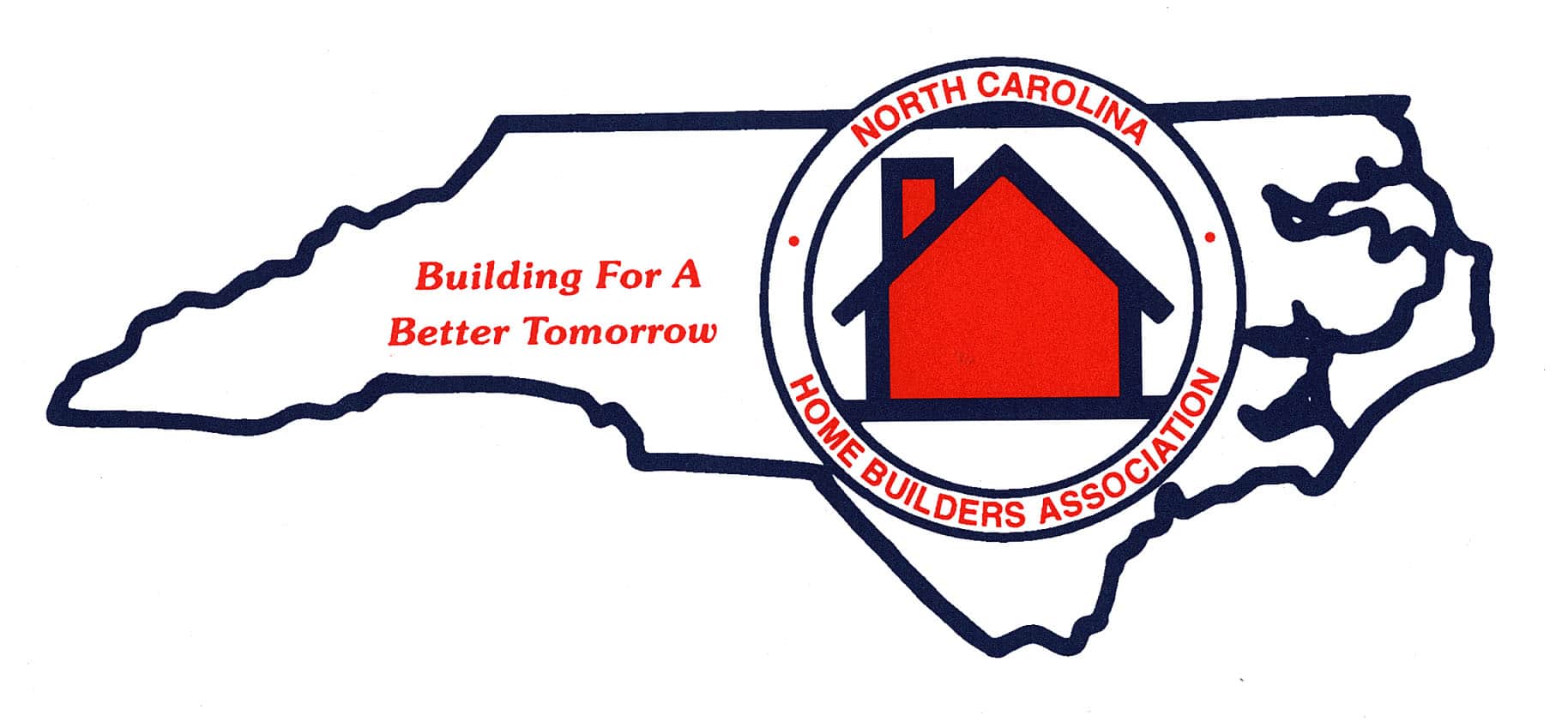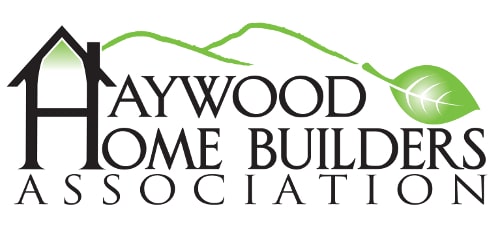Chimney Inspections
Appalachian Chimney Services offers chimney inspections to the entire WNC area including Asheville, Waynesville, Hendersonville, Clyde, Highlands, Cashiers, Cherokee, Sylva and more.
The scope of work performed in the chimney inspection or evaluation of a fireplace, stove or other venting system had previously been left to the discretion of the chimney service technician. On January 13, 2000, the National Fire Protection Association adopted these levels of inspection into code NFPA 211 (Standard for Chimneys, Fireplaces, Vents and Solid Fuel Burning Appliances) that remove much of that “discretion”. Inspections are now clearly defined as Level 1, Level 2 or Level 3 .
NFPA 211 is the standard upon which certified chimney sweeps base their services and CSIA Certified Chimney Sweeps are tested to these three levels of inspection. Always ask for the level of inspection that you believe will be most appropriate for your chimney and venting system. Each level of inspection covers specific items depending on the individual appliance and venting system.
Contact Appalachian Chimney Services to Make An Appointment Today!
Below is an explanation of the three levels of inspections and what services your chimney service technician should provide for each level as defined by the NFPA 211:
Level 1 inspections
– If your appliance or your venting system has not changed and you plan to use your system as you have in the past, then a Level 1 inspection is a minimum requirement. A Level 1 inspection is recommended for a chimney under continued service, under the same conditions, and with the continued use of the same appliance. In a Level 1 inspection, your chimney service technician should examine the readily accessible** portions of the chimney exterior, interior and accessible* portions of the appliance and the chimney connection. Your technician will be looking for the basic soundness of the chimney structure and flue as well as the basic appliance installation and connections. The technician will also verify the chimney is free of obstruction and combustible deposits.
Level 2 Inspections
–A Level 2 inspection is required when any changes are made to the system. Changes can include a change in the fuel type, changes to the shape of, or material in, the flue (i.e. relining), or the replacement or addition of an appliance of a dissimilar type, input rating or efficiency. Additionally, a Level 2 inspection is required upon the sale or transfer of a property or after an operation malfunction or external event that is likely to have caused damage to the chimney. Building fires, chimney fires, seismic events as well as weather events are all indicators that this level of inspection is warranted. A Level 2 inspection is a more in-depth inspection than a Level 1 inspection.– When a Level 1 or Level 2 inspection suggests a hidden hazard and the evaluation cannot be performed without special tools to access concealed areas of the chimney or flue, a Level 3 inspection is recommended. A Level 3 inspection addresses the proper construction and the condition of concealed portions of the chimney structure and the flue. Removal or destruction, as necessary, of permanently attached portions of the chimney or building structure will be required for the completion of a Level 3 inspection. A Level 2 inspection includes everything in a Level 1 inspection, plus the accessible portions of the chimney exterior and interior including attics, crawl spaces and basements. It will address proper clearances from combustibles in accessible locations.
There are no specialty tools (i.e. demolition equipment) required to open doors, panels or coverings in performing a Level 2 inspection. A Level 2 inspection shall also include a visual inspection by video scanning or other means in order to examine the internal surfaces and joints of all flue liners incorporated within the chimney. No removal or destruction of permanently attached portions of the chimney or building structure or finish shall be required by a Level 2 inspection.
Level 3 Inspections
– A Level 3 inspection includes all the areas and items checked in a Level 1 and a Level 2 inspection, as well as the removal of certain components of the building or chimney where necessary. Removal of components (i.e., chimney crown, interior chimney wall) shall be required only when necessary to gain access to areas that are the subject of the inspection. When serious hazards are suspected, a Level 3 inspection may well be required to determine the condition of the chimney system.
– A Level 3 inspection includes all the areas and items checked in a Level 1 and a Level 2 inspection, as well as the removal of certain components of the building or chimney where necessary. Removal of components (i.e., chimney crown, interior chimney wall) shall be required only when necessary to gain access to areas that are the subject of the inspection. When serious hazards are suspected, a Level 3 inspection may well be required to determine the condition of the chimney system.
Video Inspections
– Appalachian Chimney Service performs video chimney inspections using an advanced video camera system to inspect the condition of your chimney. We are able to check the interior elements of the flue and chimney lining, catching issues otherwise missed by basic inspections.These inspections are required when any changes are made to your systems and are highly recommended when purchasing a home.
Inspection Definitions* Accessible: May require the use of commonly available tools to remove doors, panels or coverings, but will not damage the chimney or building structure or finish.
** Readily Accessible: Exposed, or capable of being exposed, for operation, inspection, maintenance or repair without the use of tools to open or remove doors, panels or coverings.
Contact Appalachian Chimney Services to Make An Appointment Today!








